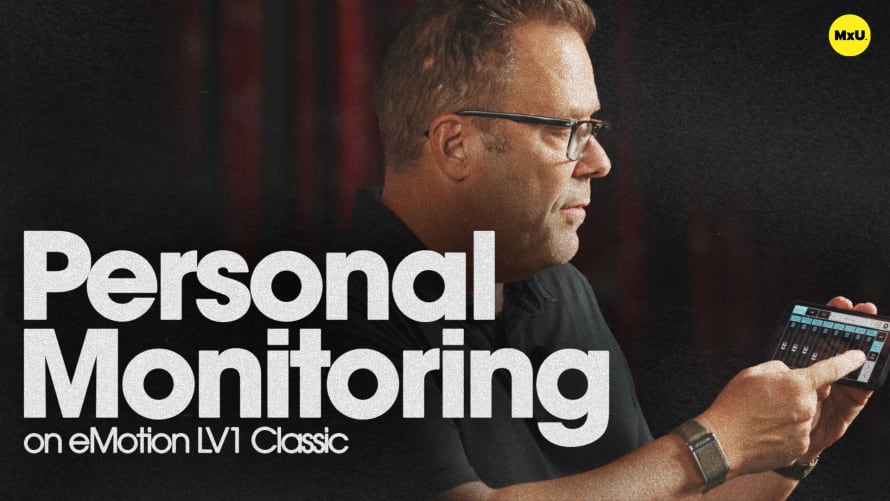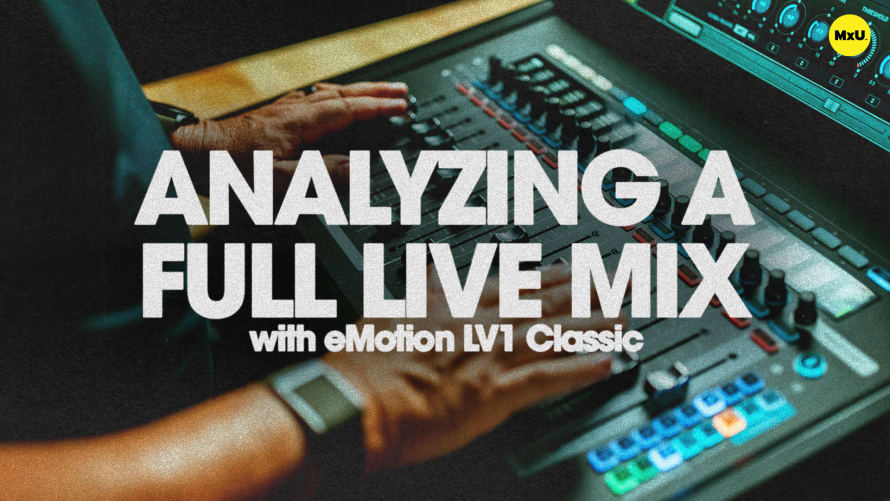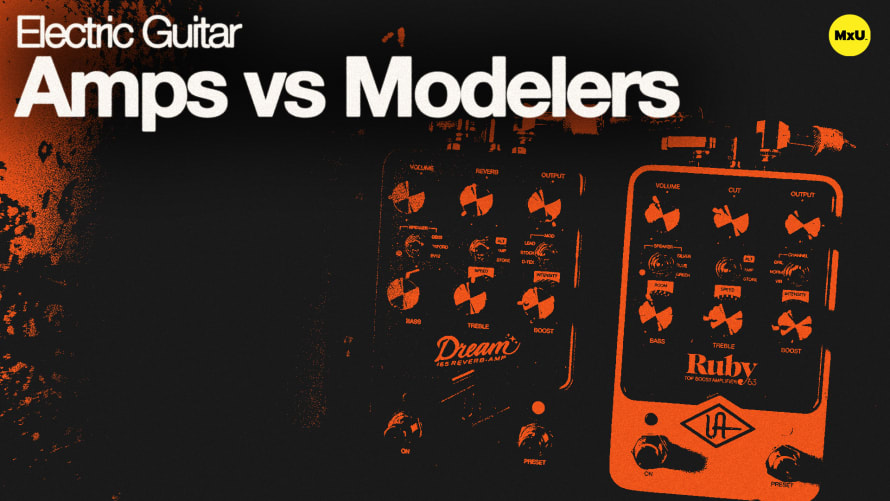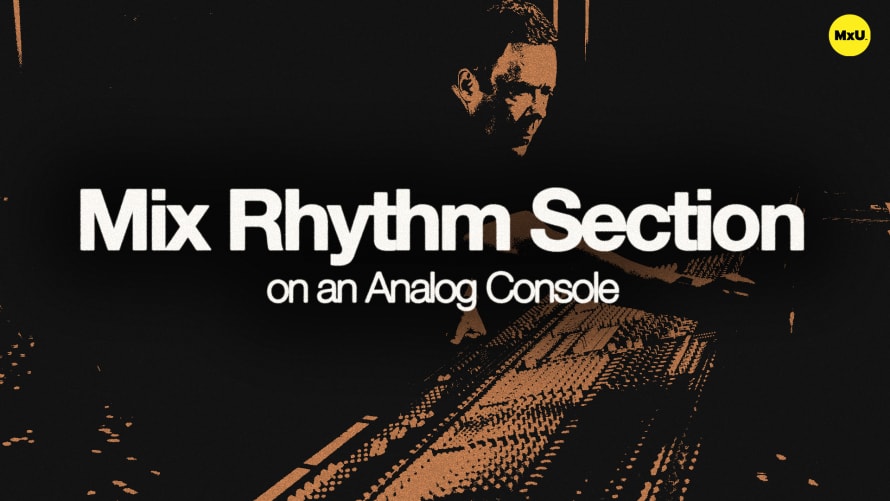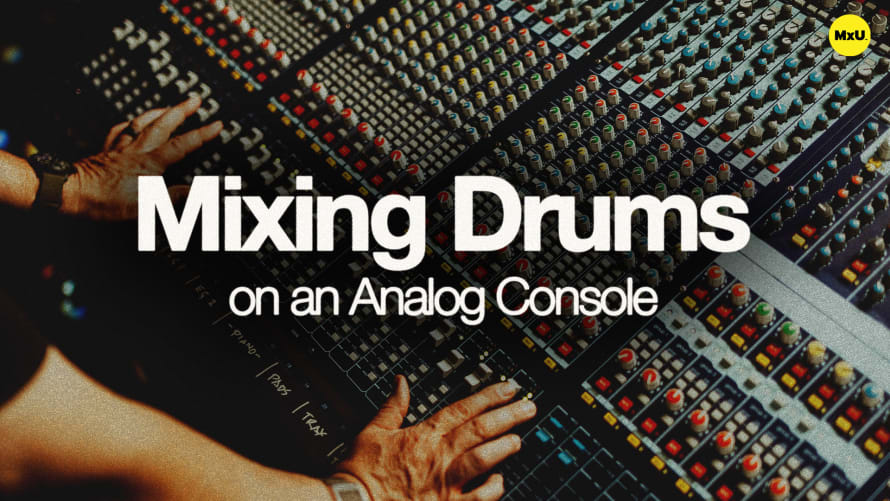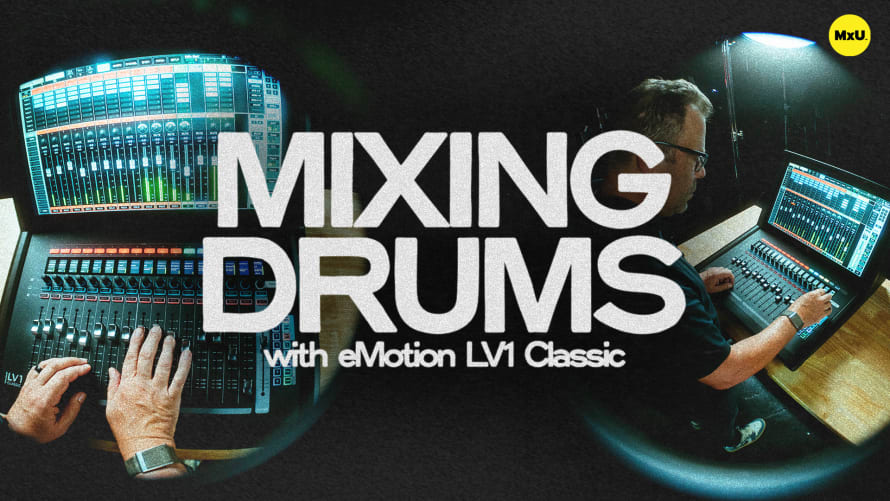Personal Monitoring on eMotion LV1 Classic
Explore the powerful mix options and personal monitoring capabilities of the eMotion LV1 Classic digital mixing console. This comprehensive overview covers remote control apps, monitor mix setup, and flexible routing options, empowering worship teams and production directors to create impactful live experiences.
Remote Control and Personal Monitoring
The eMotion LV1 Classic offers robust remote control options, enhancing flexibility for both sound engineers and musicians:
- MyFOH App: This iPad app provides full remote control of the console, mirroring its interface and allowing engineers to mix from anywhere in the venue. It's particularly useful for system tuning, troubleshooting, or mixing from challenging locations.
- MyMon App: Musicians can control their own monitor mixes using this smartphone app. It displays banks of eight faders, allowing performers to adjust their personal mix without needing to communicate changes to the sound engineer. This feature is especially valuable when mixing monitors from front of house.
Monitor Mix Setup and Routing
The LV1 Classic provides extensive control over monitor mix routing and processing:
- Aux Sends: Each channel offers configurable aux sends for monitor mixes. By default, these are set to pre-fader, ensuring that channel processing (EQ, compression) is heard in musicians' in-ear monitors.
- Flexible Routing Options: Sound engineers can adjust routing on a per-channel or global basis. Options include pre-fader, post-fader, post-pan, or direct input, accommodating various monitoring needs and preferences.
Optimizing the Monitoring Experience
Creating effective monitor mixes is crucial for a cohesive worship experience:
- Customization: The ability to tailor each musician's mix leads to improved performance and communication on stage.
- Balancing Processing: While pre-fader routing is generally recommended, the system allows for adjustments if musicians prefer to hear less processed signals in their monitors.
- Communication: Open dialogue between the sound team and musicians about processing and mix preferences ensures the best possible monitoring experience, ultimately enhancing the overall worship presentation.
Topics
Categories
Audio
201
Nothing added

